In 18th- and 19th-century Edo (present-day Tokyo), sideshow carnivals known as misemono were a common feature of the landscape. These wildly popular shows featured crafts, acrobats and animals in a kaleidoscopic blend of attractions that were believed to bring luck, fortune and health to the audience. One attraction commonly featured at these shows was the mermaid.
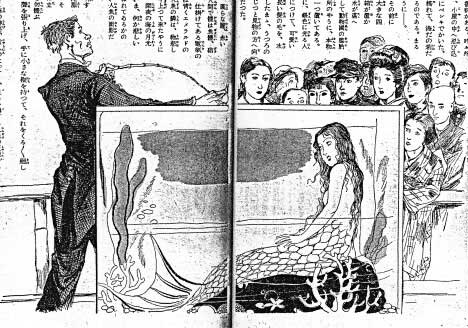
Sideshow carnivals in Europe and America in the 1800s also featured mermaids, many of them from Japan and the West Indies. The most famous of these mermaids was P.T. Barnum's Feejee Mermaid, which is believed to have been created around 1810 by a Japanese fisherman. The art of creating faux mermaids was perfected by fishermen and often involved stitching the heads and upper bodies of monkeys onto the bodies of fish.
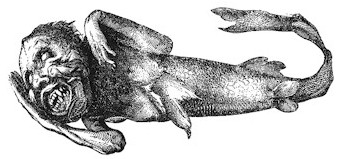
(P.T. Barnum's Feejee Mermaid)
A few of these old, mummified mermaids can still be found in the care of temples and shrines around Japan.
Here's a photo of a mermaid mummy at Zuiryuji Temple in Osaka, which was bestowed to the temple as an offering from a Sakai-area trader in 1682. The temple also has in its possession the mummies of a kappa and a small dragon, both of which can be found by exploring the site at the link below.
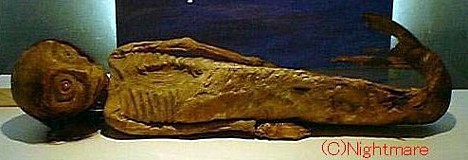
(Link: Nightmare's Psychiatry Examination)
Another mummified mermaid is preserved at Myouchi Temple in the city of Kashiwazaki in Niigata prefecture. The mermaid is about 30 cm long and is holding its hands up near its cheeks -- apparently a common pose for mummified mermaids. The proprietors of the temple keep the mermaid in a small wooden chest out of view, but according to the account at the link below, they will allow you to check it out if you ask nicely.
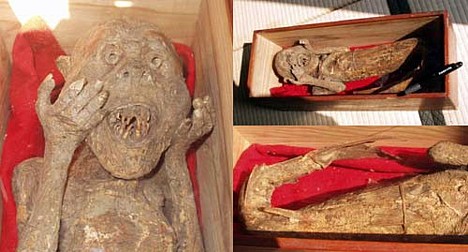
(Link: One person's visit to Myouchi Temple)
The next photo shows a mermaid mummy at Karukayado Temple outside the city of Hashimoto in Wakayama prefecture. The 50-cm long mummy has fangs that protrude from its wide open mouth, and both of its hands are raised to its cheeks, like the previous mermaid. Its lower body is covered in scales, and there appear to be the vestiges of fins on its chest, as well as a pair of nipple-like protuberances.
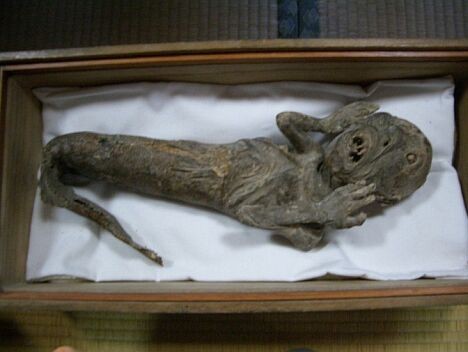
(Link: Photos of Karukayado Temple)
The next photo (left) shows the mummy owned by a Shinto sect headquartered in the city of Fujinomiya near the base of Mt. Fuji. At 170 cm tall and 1,400 years old, it is the largest and oldest known mermaid mummy in Japan. The mermaid has an unusually large head that is bald, except for some hair growth that extends from its forehead to its nose. Its eyes and mouth are open. It has webbed hands with sharp claws, and a 20-cm long tail. The lower body has a bone structure similar to that of a fish, but it is unclear whether or not the upper body has a bone structure. The entire body shows signs of having been ravaged by moths.
Legend has it that this mermaid appeared to Prince Shotoku (Shotoku Taishi) as he was passing along the shores of Lake Biwa (about 1,400 years ago). The hideous beast told the prince about how it had been transformed into a mermaid as punishment for making a living as a fishermen within the boundaries of an animal sanctuary. The mermaid claimed that over many years it had come to a clear understanding of the horrors of destroying life, and that it was prepared to move on to the next world. As a final wish before dying, though, it asked the prince to establish a temple using the mermaid's body as a centerpiece, where it could be used to educate people about the sanctity of life. The mermaid then died. The prince took the mermaid's body and set up a temple as requested. But after a number of strange occurrences, the mummy was passed on to another temple. The mummy changed hands several times before ending up at its current location at the base of Mt. Fuji.
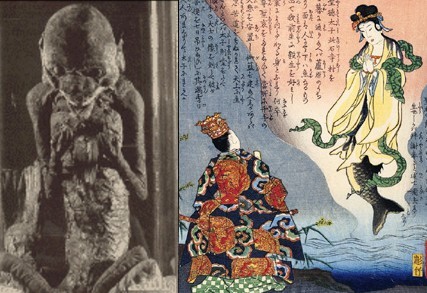
(Link: Fuji mermaid)
Also claiming a connection to this legend is Kannon Shoji Temple in Shiga prefecture, which is nicknamed the "mermaid temple." This temple professes to be the one established by Prince Shotoku at the request of the mermaid. The temple reportedly has an old, 50-cm mermaid on the premises, though no images are available online.
And finally, here are a few sketches of mermaids drawn by Keisuke Ito (1803 - 1901), a man who played an instrumental role in introducing Western medicine to Japan. In addition to establishing a method for smallpox vaccination in Japan and helping to set up what is today known as Nagoya University, he drew numerous sketches of plant and animal specimens. Buried deep in the volumes of sketches he made of marine animals, which show a variety of rather fantastic, but mostly realistic-looking fish, are the following specimens:
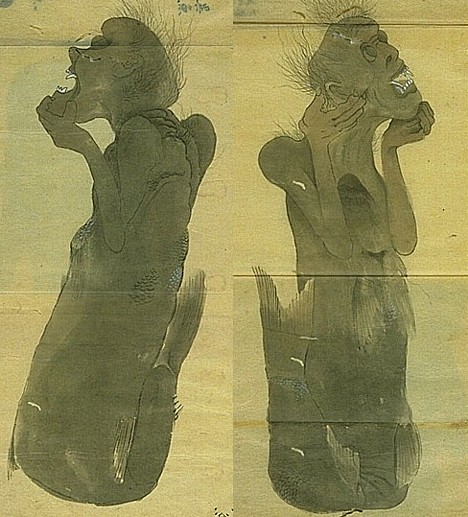
(Link: Fish volume 3, pp.23-24)
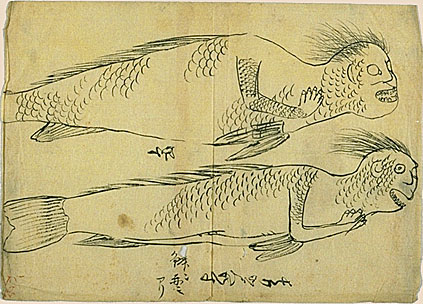
(Link: Fish volume 1, page 162)
You can browse the entire Ito Keisuke collection here. There is at least one more mermaid sketch buried in the book -- and lots of other surprises.
(Many thanks to mermaid hunter Juan Cabana for the inspiration to search for these mermaids. Check out his museum here and purchase his found creatures here.)

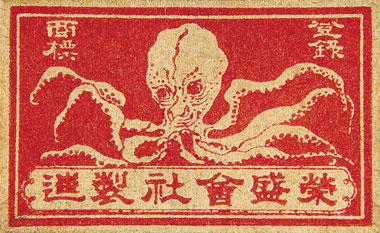
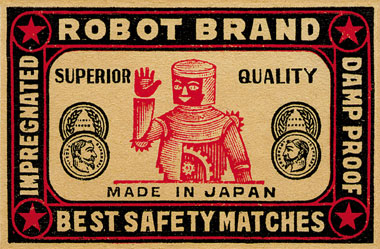
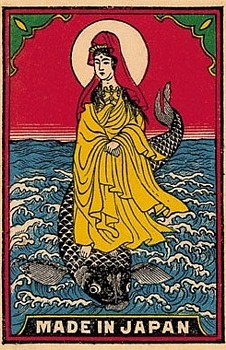
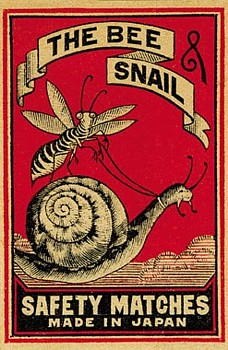
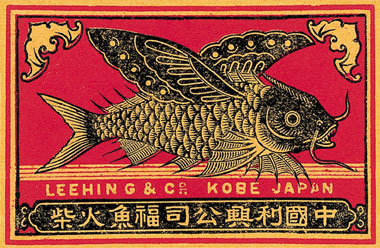
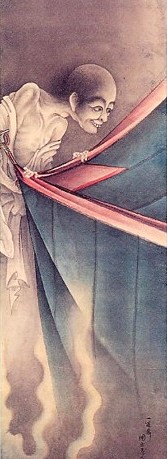 Every August,
Every August,  On June 21, researchers at Waseda University's Institute of Egyptology unveiled the computer-generated facial image of an ancient Egyptian military commander that lived about 3,800 years ago. The image is based on CAT scans taken of a mummy.
On June 21, researchers at Waseda University's Institute of Egyptology unveiled the computer-generated facial image of an ancient Egyptian military commander that lived about 3,800 years ago. The image is based on CAT scans taken of a mummy.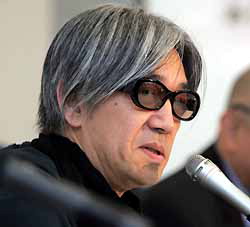 At a press conference held in Tokyo on March 23, composer Ryuichi Sakamoto made a public appeal to the government to exempt all secondhand electrical goods from the Electrical Appliance and Material Safety Law (a.k.a. PSE Law, or DENAN). The law, which is set to take effect April 1, will prohibit businesses from selling electrical goods that do not bear the PSE mark (that signifies compliance with the law?s safety standards). In other words, before putting products up for sale, dealers will be forced to file paperwork and perform tests (such as 1,000 volts for one minute) on each and every pre-2002 electrical product in order to obtain a PSE mark. Though the government recently revised the law so that it does not apply to certain "vintage" electric instruments with high scarcity value, Sakamoto called upon the government to expand the exemption to all secondhand electrical goods.
At a press conference held in Tokyo on March 23, composer Ryuichi Sakamoto made a public appeal to the government to exempt all secondhand electrical goods from the Electrical Appliance and Material Safety Law (a.k.a. PSE Law, or DENAN). The law, which is set to take effect April 1, will prohibit businesses from selling electrical goods that do not bear the PSE mark (that signifies compliance with the law?s safety standards). In other words, before putting products up for sale, dealers will be forced to file paperwork and perform tests (such as 1,000 volts for one minute) on each and every pre-2002 electrical product in order to obtain a PSE mark. Though the government recently revised the law so that it does not apply to certain "vintage" electric instruments with high scarcity value, Sakamoto called upon the government to expand the exemption to all secondhand electrical goods.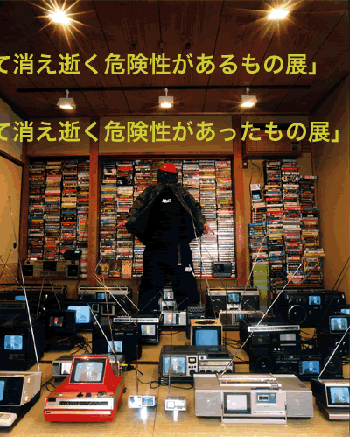
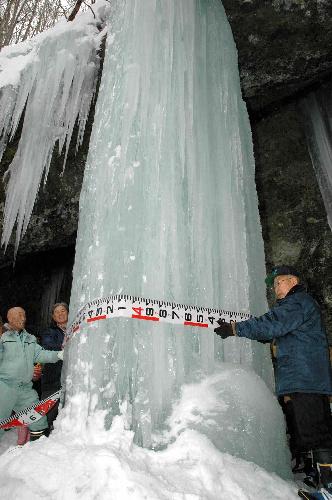 In a tradition that stretches back 700 years, local farmers in Hanamaki, Iwate prefecture measure the circumference of the frozen waterfall at Taroshi Falls to predict the yield of the year's rice crop.
In a tradition that stretches back 700 years, local farmers in Hanamaki, Iwate prefecture measure the circumference of the frozen waterfall at Taroshi Falls to predict the yield of the year's rice crop.